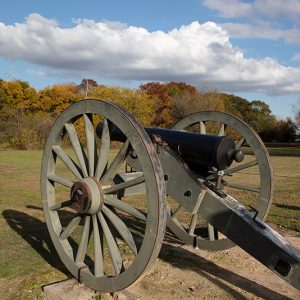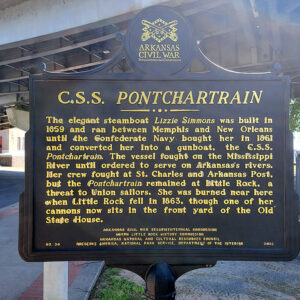Entry Category: Civil War - Starting with C
Cache River Bridge, Skirmish at
Caddo Mill, Skirmish at
Camden Expedition
Camden, Skirmish at (April 15, 1864)
Cane Hill, Engagement at
aka: Engagement at Canehill
aka: Engagement at Boston Mountains
Cane Hill, Skirmish at (November 25, 1862)
Cane Hill, Skirmish at (November 6, 1864)
Cape Girardeau, Missouri, to the Eleven Point River, Expedition from
Carr, Eugene Asa
Carroll, Marion, and Searcy Counties, Scout to
aka: Skirmish at Richland Creek (December 25, 1863)
aka: Skirmish at Stroud's Store
aka: Skirmish at Buffalo River
Carrollton, Skirmish at (August 15, 1864)
Cassville, Missouri, to Cross Hollow, Scout from
Cassville, Missouri, to Huntsville and Yellville, Scout from
 Casualties List
Casualties List
Chalk Bluff, Skirmish at (May 1–2, 1863)
Chalk Bluff, Skirmish at (May 15, 1862)
Cherokee Bay, Skirmish at
 Civil War Cannon
Civil War Cannon
Civil War Timeline
Clarendon Expedition (August 4–17, 1862)
Clarendon Expedition (October 16–17, 1864)
Clarendon, Skirmish at (June 26, 1864)
Clarksville, Affair at
Clarksville, Skirmishes at
Cotton Plant, Affairs at
Craighead and Lawrence Counties, Scout in
Crooked Creek, Skirmish at
Cross Hollow, Skirmish at
Cross-Roads, Skirmish at
 CSS Pontchartrain Marker
CSS Pontchartrain Marker




